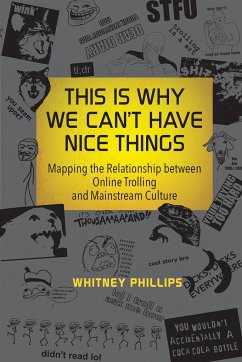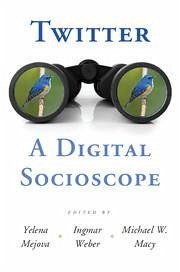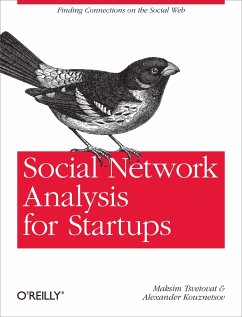
Social Networking Website Users and Privacy Concerns

PAYBACK Punkte
8 °P sammeln!
Social networking websites are the fastest growing entity on the Internet. Users of social networking websites post personal information and pictures on these websites. Privacy and social networking websites has been previously studied, however, since those studies were conducted the rules for those websites have changed dramatically. A mixed methods approach was used in this study to examine what privacy concerns users of social networking websites have, whether it's regarding information on their accounts or the pictures they have posted. This study also considered if there were common perso...
Social networking websites are the fastest growing entity on the Internet. Users of social networking websites post personal information and pictures on these websites. Privacy and social networking websites has been previously studied, however, since those studies were conducted the rules for those websites have changed dramatically. A mixed methods approach was used in this study to examine what privacy concerns users of social networking websites have, whether it's regarding information on their accounts or the pictures they have posted. This study also considered if there were common personality traits present in people with those concerns. A comparison of user preferences between MySpace and Facebook was also conducted. Quantitative data in the form of survey information was used in addition to qualitative data gathered from semistructured interviews. This study supports that Social Desirability Bias was correlated with a user being selective of what pictures were displayed on social networking website accounts. Few users expressed a preference for one social networking website over the other. Over half of the participants did express concern for their privacy on social networking website accounts, but there were no personality factors that showed to be predictive of that concern. This work has been selected by scholars as being culturally important, and is part of the knowledge base of civilization as we know it. This work was reproduced from the original artifact, and remains as true to the original work as possible. Therefore, you will see the original copyright references, library stamps (as most of these works have been housed in our most important libraries around the world), and other notations in the work. This work is in the public domain in the United States of America, and possibly other nations. Within the United States, you may freely copy and distribute this work, as no entity (individual or corporate) has a copyright on the body of the work. As a reproduction of a historical artifact, this work may contain missing or blurred pages, poor pictures, errant marks, etc. Scholars believe, and we concur, that this work is important enough to be preserved, reproduced, and made generally available to the public. We appreciate your support of the preservation process, and thank you for being an important part of keeping this knowledge alive and relevant.












